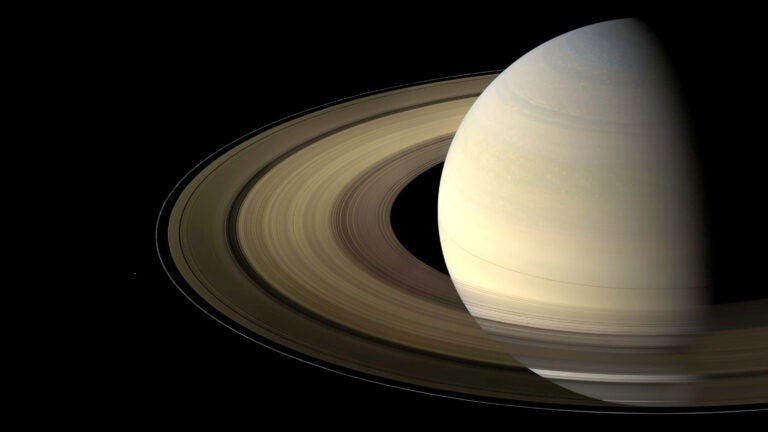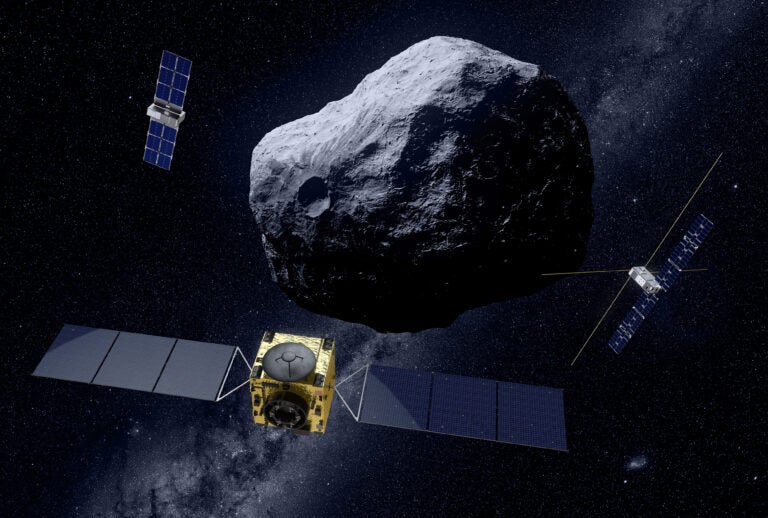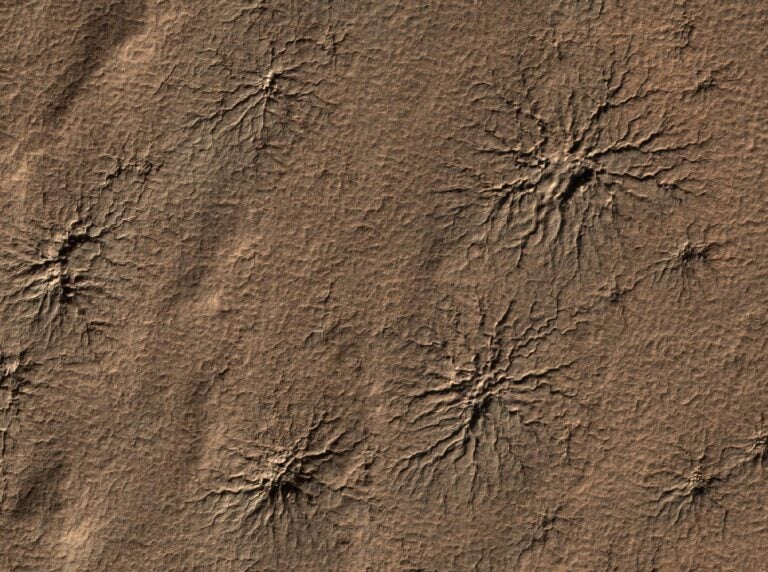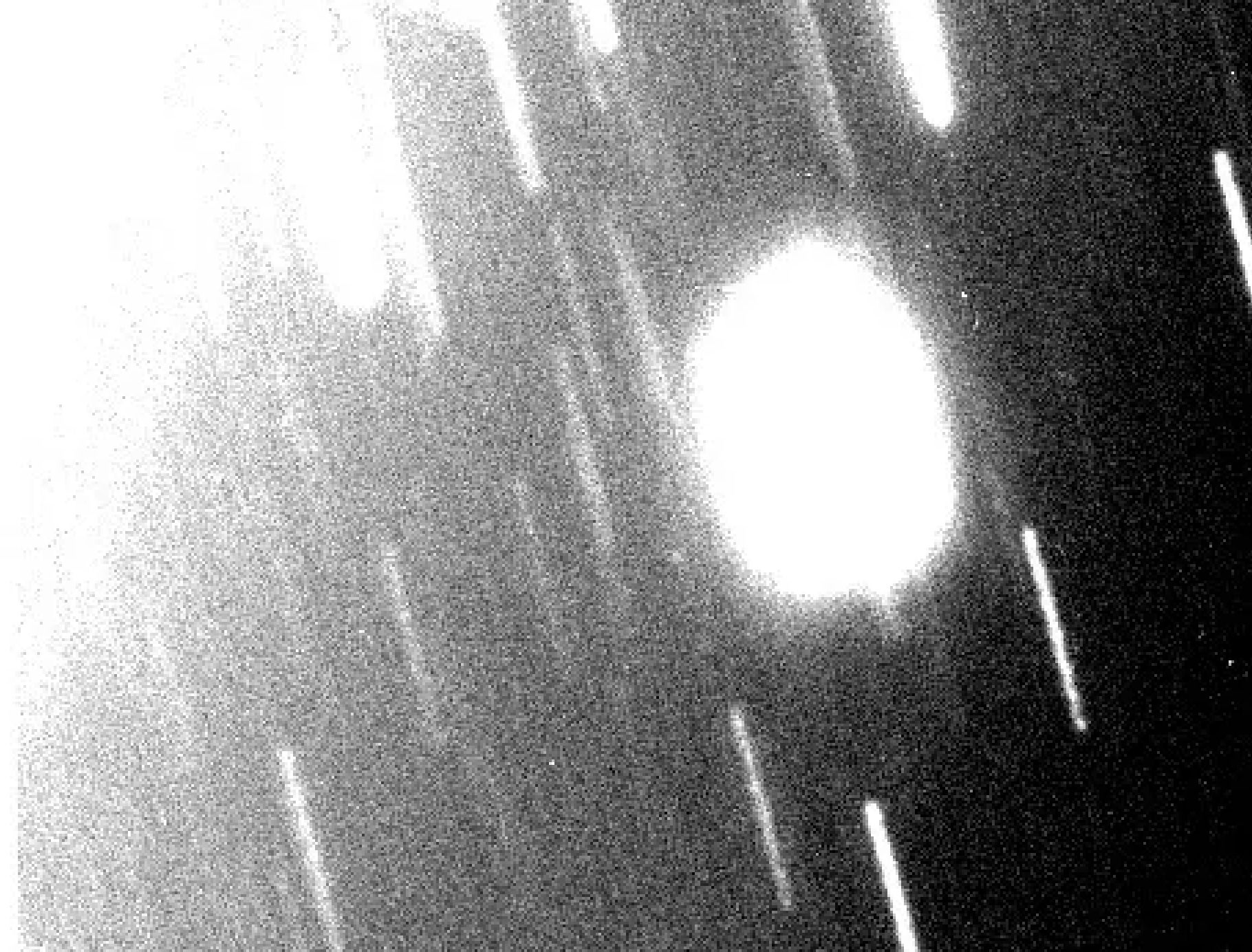
The International Astronomical Union’s (IAU) Minor Planet Center announced the discovery of three new moons in our solar system Feb. 23. Uranus has one additional moon, while Neptune has picked up two.
“The three newly discovered moons are the faintest ever found around these two ice giant planets using ground-based telescopes,” said Scott S. Sheppard, astronomer for Carnegie Institute of Science, in a press release. “It took special image processing to reveal such faint objects.”
This process included taking dozens of five-minute exposures over three to four hours for several nights with large ground-based telescopes that tracked the planets as they moved against the background stars. The photos were stacked — or layered on top of each other — showing the stars as trails and the planets and their moons as stationary and in focus. Then the process was repeated on another night to see how the moons had moved in their orbits around their host planets.
It was a time intensive project. “In general, to get an orbit for each of the new moons required five different nights of observation. So that would be about 15 hours of telescope time to discover and fully determine an orbit for each new moon,” said Sheppard in an interview on Thursday.
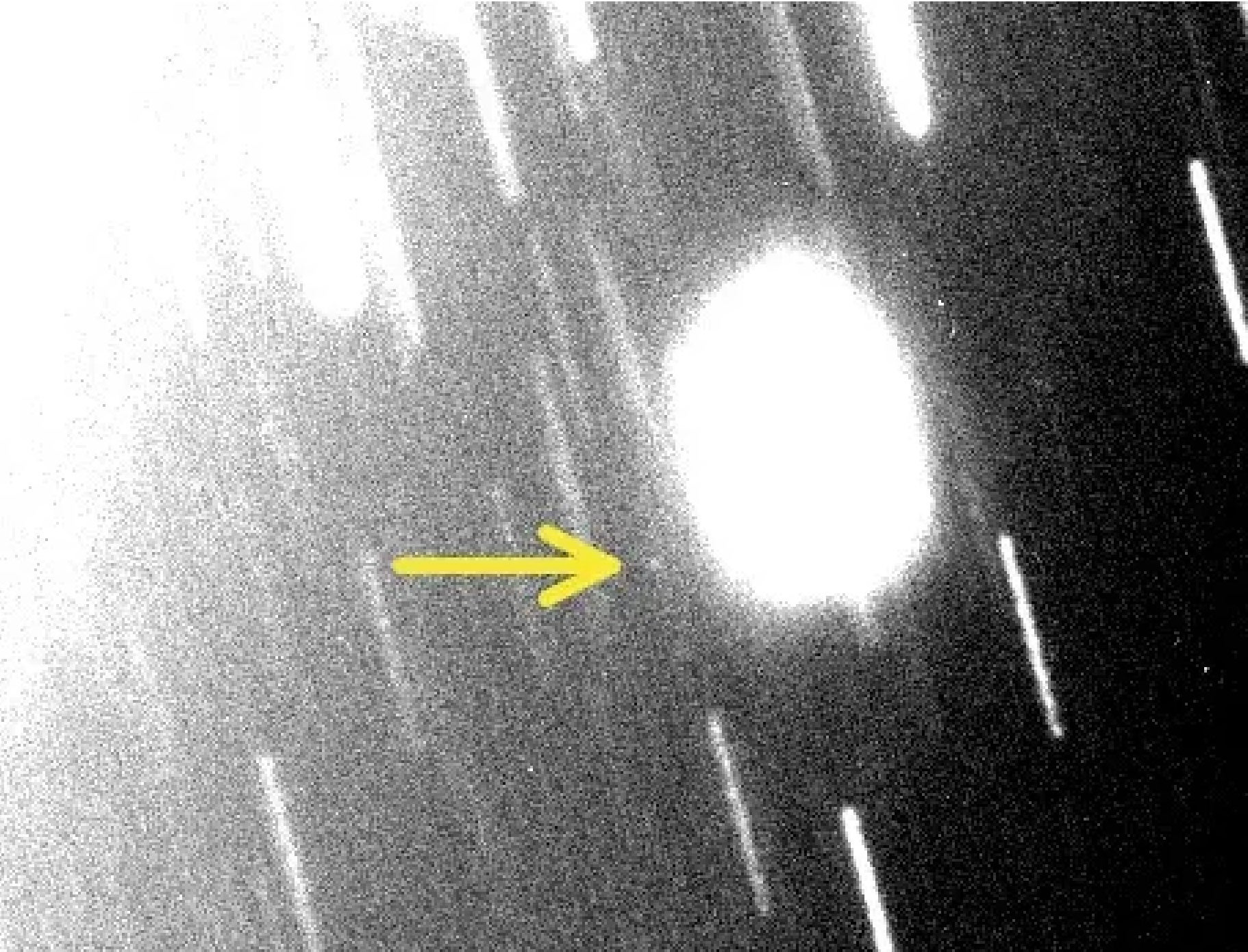
Uranian moons
Sheppard first noticed the tiny new uranian satellite in November of last year using the twin Magellan Telescopes at the Las Campanas Observatory in Chile. After follow-up observations a month later, he worked with researchers from NASA’s Jet Propulsion Laboratory in Pasadena, California, to determine its possible orbit. This also allowed Sheppard to find the moon in some of his previous observations to confirm the orbit.
At only 5 miles (8 kilometers) in diameter, the new moon is likely the smallest of the planet’s 26 known moons. It has a 680-day orbit that is similar to those of moons Caliban and Stephano.
Provisionally designated S/2023 U1, the moon will eventually receive a more permanent name taken from a Shakespeare character, in keeping with the naming convention of outer uranian moons. Sheppard hopes it will be Violenta from All’s Well That Ends Well, after his daughter, Violet.
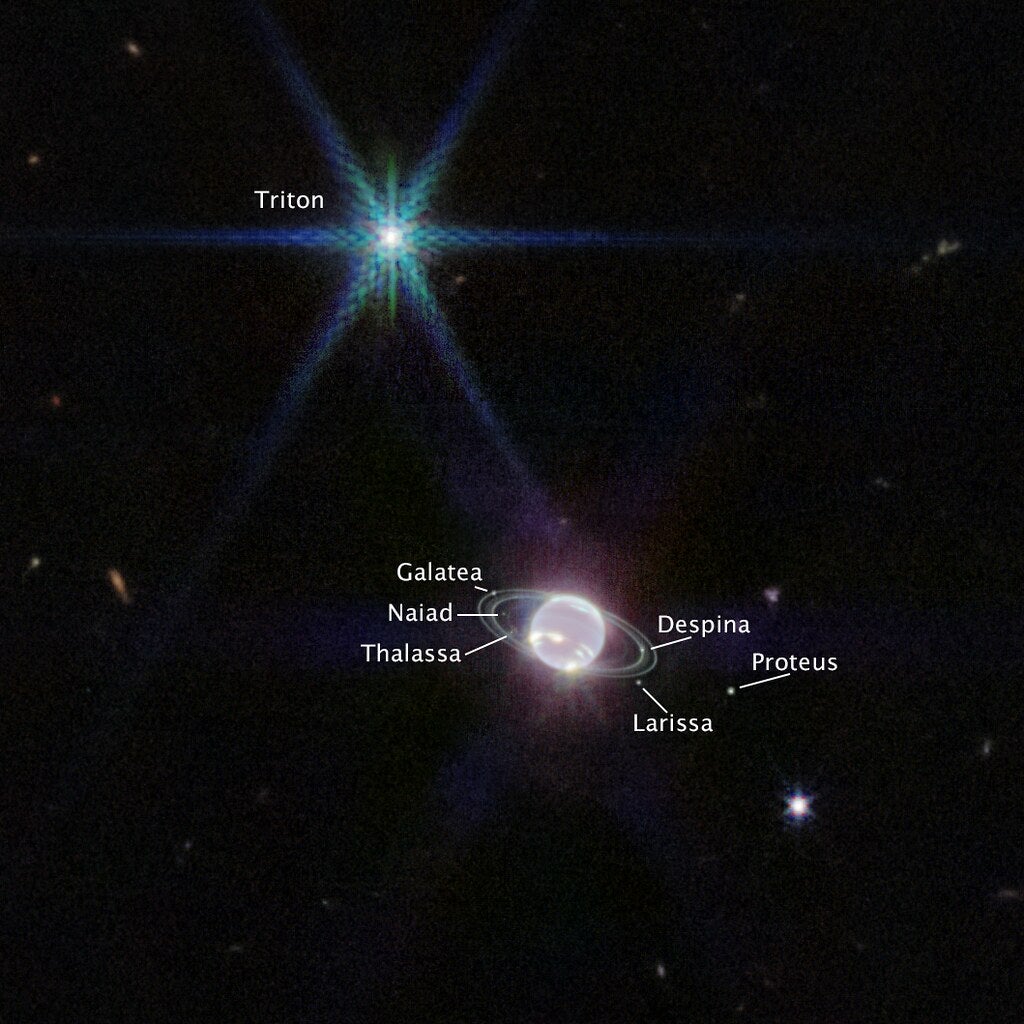
Neptunian moons
Neptune’s pair of new moons brings the planet’s total count up to 16. The larger of the two, provisionally known as S/2002 N5, was found to be 14 miles (23 km) in diameter with a nine-year orbit. The other, S/2021 N1, is the faintest moon ever discovered by ground telescopes with a size of only 9 miles (14 km) and a vast orbit of nearly 27 years.
The two new neptunian satellites were seen beginning in 2021; in the case of the fainter moon, Sheppard worked with astronomers from the University of Hawaii, Northern Arizona University, and Kindai University. Observations over multiple years and telescopes helped determine their orbits.
Although it took the recent observations to discover S/2002 N5, it isn’t nearly as new to researchers as the other moons. “Once S/2002 N5’s orbit around Neptune was determined using the 2021, 2022, and 2023 observations, it was traced back to an object that was spotted near Neptune in 2003 but lost before it could be confirmed as orbiting the planet,” Sheppard explained in the release.
The names of these two moons will be chosen from the water deities of Greek mythology, similar to other outer neptunian moons.
The new moons could help scientists get a better picture of what the early days of our solar system were like. Because the moons all have distant, eccentric orbits that are also inclined, they were likely captured by each planet’s gravity while they were forming.
Each of the three moons also have orbital neighbors, lying in groups with orbits similar to theirs. These groupings could be the result of one larger object that was broken into pieces in collisions with asteroids or comets — some perhaps that have yet to be found.
Sheppard said that he thinks there are no other moons at either planet comparable to or larger in size than the ones just announced, but better technology or a space mission could reveal. smaller moons in the future.






